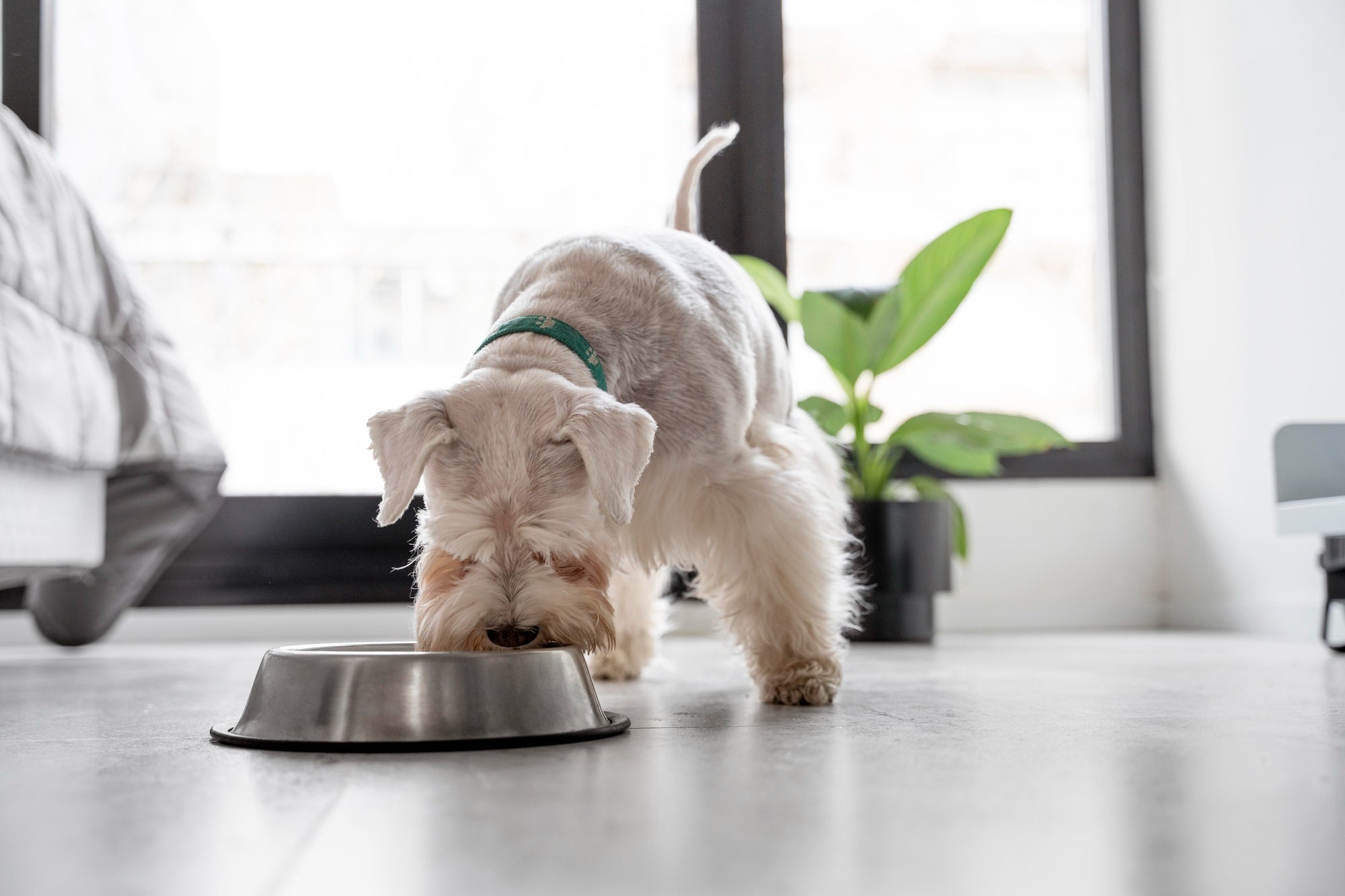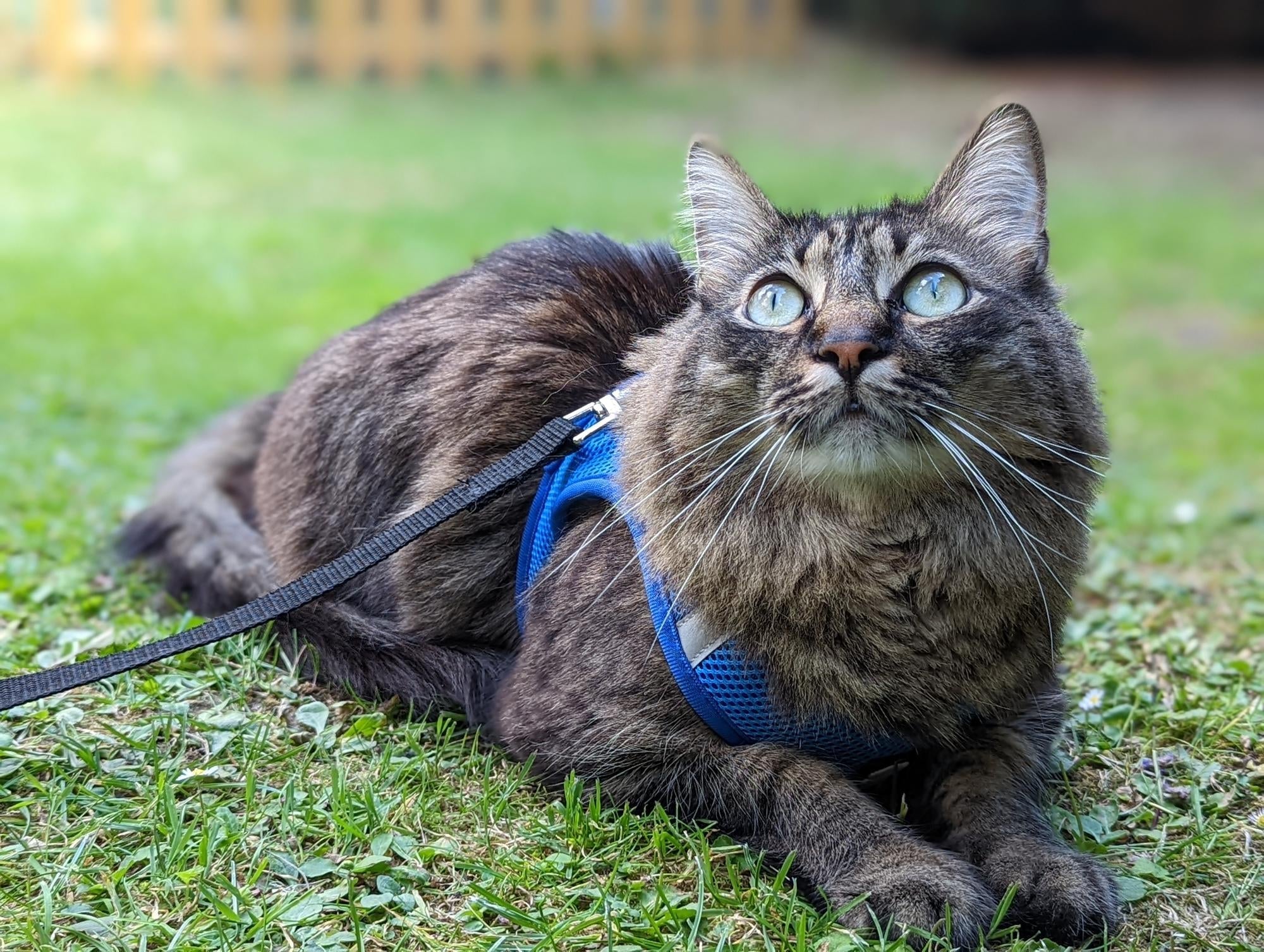We often see our canine companions licking their lips, especially when a tasty treat is nearby or after a satisfying meal. But what does it mean when your dog licks their lips repeatedly, and there's no food in sight? This common yet often misunderstood behavior is a subtle but important part of dog communication. At Pet Nesta, we believe understanding your dog's body language is key to a happy relationship, so let's delve into the reasons behind non-food-related lip licking.
(Lip Licking as Communication) When a dog licks its lips outside of mealtimes, it's often an "appeasement gesture." Think of it as their way of saying, "I'm feeling a bit stressed or uncomfortable," or "I mean no harm." It's a signal used to diffuse tension, communicate unease, or self-soothe in situations they perceive as challenging or threatening. Recognizing this signal is crucial for understanding your dog's emotional state.
(Why Might Your Dog Be Licking Their Lips?)
- Feeling Threatened or Anxious: This is a common reason. A dog might lip lick when feeling intimidated by a person (perhaps someone looming over them or speaking sternly), another animal, or a noisy environment. It's their attempt to signal non-aggression and calm the situation down. They're essentially saying, "Please don't see me as a threat; I'm feeling worried."
- Confusion or Frustration: Have you noticed lip licking during training sessions? If your dog isn't quite grasping a new command, they might lick their lips, yawn, or suddenly sniff the ground. This indicates they're feeling stressed or confused by the task. Pushing them further when they're in this state isn't productive.
- Anticipation (Not Always Negative): Sometimes, lip licking can occur in anticipation of something, which might be stressful or exciting depending on the context and the dog's associations.
- Underlying Health Issues: Frequent lip licking without an obvious environmental trigger warrants attention. It can be a sign of nausea, dental problems (like gum disease or a sore tooth), mouth pain, or other oral discomforts.
(What Should You Do When You Notice Lip Licking?)
Understanding why your dog is lip licking helps you respond appropriately.
- Observe the Context: What's happening around your dog? Is someone approaching them? Is there a loud noise? Are you in a training session? Identifying the potential trigger is the first step.
- Remove the Stressor (If Possible): If you can pinpoint what's making your dog uncomfortable, try to remove it or remove your dog from the situation. Give them space to relax. If someone is making them nervous, ask them to back off gently.
- Avoid Punishment: Never scold a dog for showing appeasement gestures like lip licking. They are communicating discomfort, and punishment will only increase their anxiety and potentially damage your bond.
- Manage Training Sessions: If lip licking occurs during training, your dog might be overwhelmed. End the session on a positive note by asking for a simple cue they know well (like "sit"), reward them enthusiastically (a high-value treat from Pet Nesta can work wonders here!), and then take a break. Revisit the difficult skill later, breaking it down into smaller, easier steps.
- Stay Calm & Positive: If your dog is lip licking in a stressful but unavoidable situation (like at the vet), avoid excessive coddling, which can reinforce fear. Instead, stay calm yourself and try positive redirection – ask for a simple trick, offer praise, or a tasty distraction.
- Rule Out Health Problems: If lip licking is frequent, happens without clear triggers, or is accompanied by other signs like drooling, pawing at the mouth, bad breath, or changes in eating habits, schedule a check-up with your veterinarian immediately. Addressing potential nausea or oral pain is crucial. (Subtle sales point: Maintaining good oral hygiene with regular checks and appropriate dental chews, like those available at Pet Nesta, can help prevent some mouth-related issues).
Lip licking is more than just a simple action; it's a window into your dog's feelings. By paying attention to this subtle signal and the context surrounding it, you can better understand when your dog is feeling stressed, confused, or unwell. Responding with patience, providing space, managing training positively, and ruling out health concerns will strengthen your bond and ensure your Pet Nesta companion feels safe and understood.





